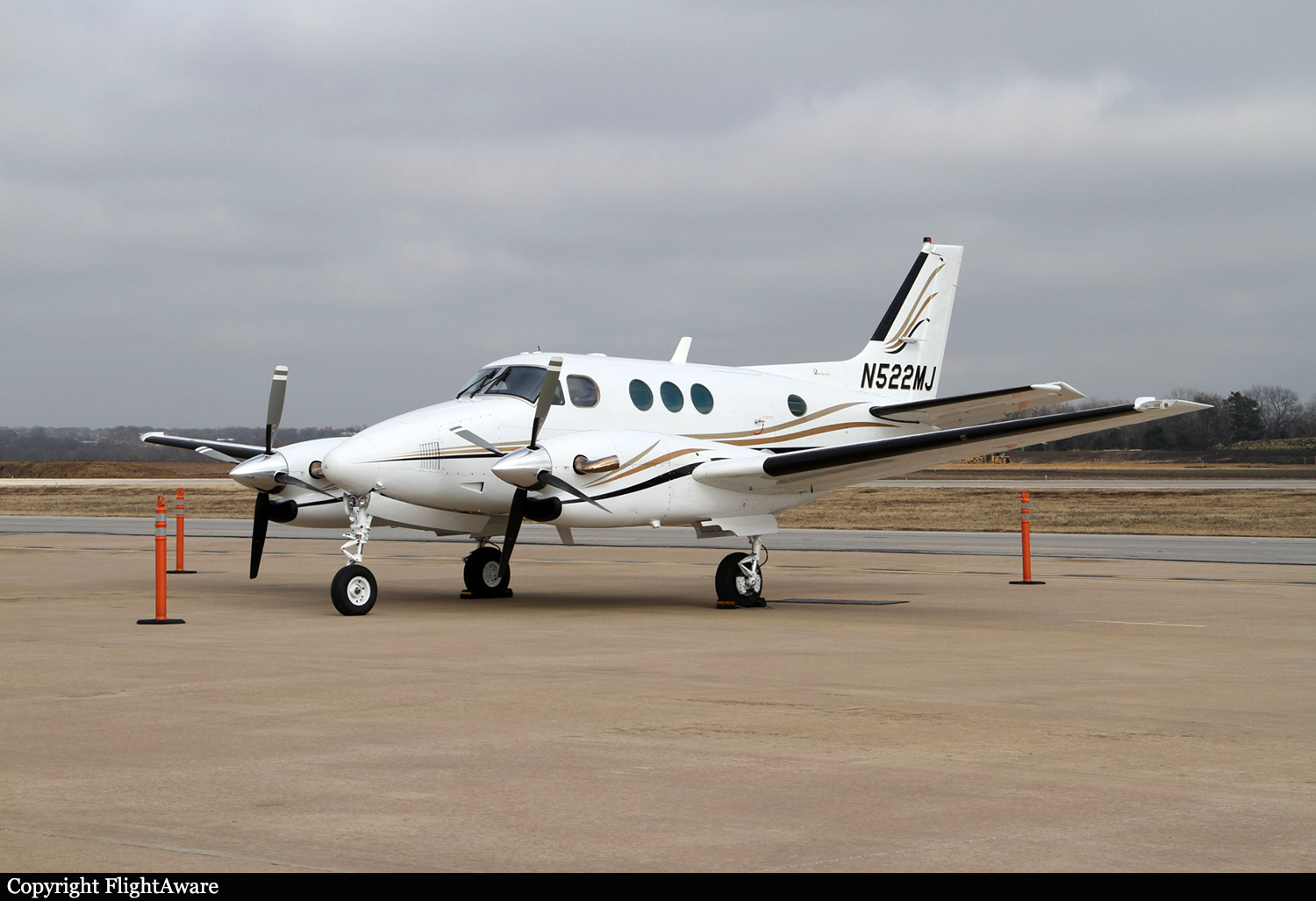Crash of a Beechcraft E90 King Air near Fayetteville: 1 killed
Date & Time:
May 17, 2023 at 1243 LT
Registration:
N522MJ
Survivors:
No
Schedule:
University-Oxford – Fayetteville
MSN:
LW-80
YOM:
1973
Crew on board:
1
Crew fatalities:
Pax on board:
0
Pax fatalities:
Other fatalities:
Total fatalities:
1
Circumstances:
The pilot departed University-Oxford Airport on a private flight to Fayetteville. On approach to Drake Airport Runway 34, the twin engine airplane crashed in unknown circumstances in rugged terrain located south of the airfield. The pilot, sole on board, was killed.


